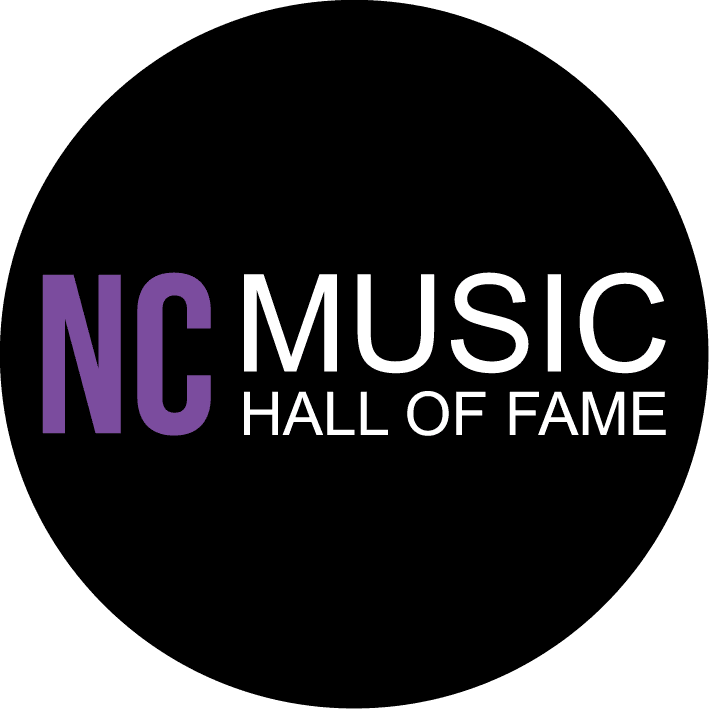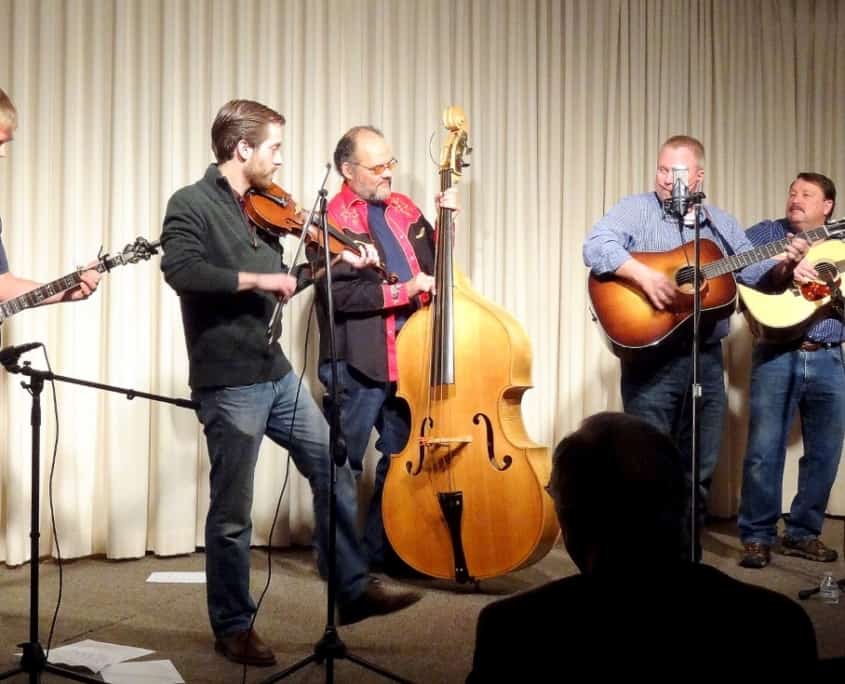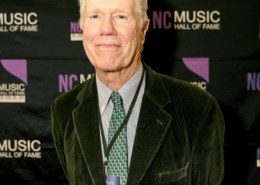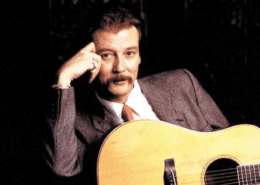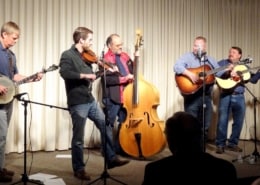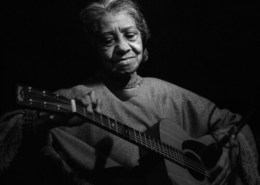The Legendary Briarhoppers
Biography
The 1930s was a Golden Age for country music because it was heard on the radio, on “barn dances,” which were variety shows for a rural audience, and other programming that featured country music.
In 1934, WBT was a 50,000 watt station in Charlotte, North Carolina and the Consolidated Drug Trade Products company of Chicago wanted a program to advertise their products, Peruna tonic, Radio Girl perfume, Kolorbak hair dye and Zymol Trokey’s cough drops. They chose announcer Charles Crutchfield to head the show and asked if the station had a hillbilly band to help advertise, and telling a fib, Crutchfield said “Yes”, which lead to a group being formed consisting of Johnny McAllister, Jane Bartlett, Bill Davis, Clarence Etters, Thorpe Westerfield, and Don White. Homer Drye and Billie Burton joined a few years later. These were the original members of the Briarhoppers but members changed during the years and the group evolved by adding members from other groups, such as the Tennessee Ramblers, Crazy Bucklebusters, the Cotton Blossoms and The Spindle City Boys.
How did the name “Briarhoppers” come about? The most probable source was that the name was used by the Tennessee Ramblers whenever they had to avoid contractual conflicts, although a popular story about the name “Briarhoppers” came from Charles Crutchfield. According to Crutchfield, he was out hunting with some friends when a rabbit jumped out of a thicket. One of the men yelled, “Look at that Briarhopper” and Crutchfield adopted it for the group. So the story goes.
WBT featured country or string band music with folksy humor and the Briarhoppers was the house band.
During the summer of 1945, WBT originated the Carolina Hayride, a Saturday afternoon barn dance broadcast coast-to-coast on the CBS radio network that featured the Briarhoppers.
During the period of 1946, after World War II ended, the Briarhoppers were so popular that they were divided into “Unit One” and “Unit Two” for personal appearances.
Through the years, key members of the Briarhoppers included banjo player Shannon Grayson, who was born in Sunshine, North Carolina; Fiddlin’ Hank Warren, who was born in Mount Airy, North Carolina, Roy Grant, who was born in Shelby, North Carolina, Arval Hogan, born in Robbinsville, North Carolina and Don White, born in West Virginia but moved to Charlotte in 1933.
Other members of the group included, at various times, Arthur Smith, Fred Kirby, Jack Gillette, Claude Casey, Cecil Campbell and even, for a short time, Earl Scruggs, who substituted on banjo when Grayson could not perform.
The Briarhoppers radio show ended in 1951 due to a change in public taste of country music, but they continued to perform at small venues. The Charlotte Observer’s Dot Jackson reported in 1970 on one of the band’s informal concerts and the band became popular again.
In 1985 the Briarhoppers started to perform once again at bluegrass festivals all over the southeast. They also performed on NPR’s “Prairie Home Companion.”
The Briarhoppers were an immensely popular group on WBT during the Golden Age of Radio and are members of the WBT Radio Hall of Fame. The band continues to perform today, and were subjects of PBS-Charlotte’s Country in the Carolinas broadcast.
From the first radio show in 1934, the band asked the crowd, “Do you know what ‘hit is?” And the audience replied “Hit’s Briarhopper Time!’
Video Biography
Music Samples
Interviews
